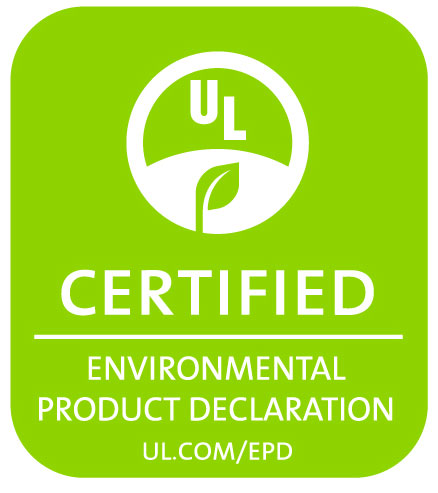09-16-2025

Objectifs d'apprentissage
1. Gain knowledge on national standards and base policies for net zero energy.
2. Understand how to navigate the various "reach" codes being implemented by local jurisdictions.
3. Know how to apply the major sections of the code to your design and where to get help.
4. Get a good handle on the future of code changes focusing on the decarbonization transition.
Comments
Long but informative
CynthySpeaker was very good. Knows his subject quite well.
CharlesVery informative.
AndyExcellent overview of concepts and resources in tackling embodied carbon issues.
AnnExcellent information and presentation.
GeorgeVery Interesting/
BethVery informative
GalenInteresting, with complex evaluation criteria.
Iangood stuff to know
ToryVery knowledgeable presenter.
RobertLots of detailed information.
Christinevery informative and useful.
Robertgood course
PeiyanVery informative and valuable information
JamesPretty technical, but gained insightful knowledge of material contribution to net zero carbon use.
GregoryVery interesting
JohnGood information with multiple sources included.
CarlThe Positive Impact of Thoughtful Materials Selection
$25
This class aims to educate architects and engineers on the importance of considering the environmental impact of the products they specify in their building designs. It covers topics such as calculating carbon emissions, understanding the manufacturing processes, and documentation supporting reduced embodied carbon. Additionally, it explores various assessment tools such as life cycle assessment (LCA), environmental product declarations (EPDs), and material transparency declarations. The class also highlights the benefits of reusing existing buildings and materials versus tear-down and new construction.
Crédits: 1 AIA HSW + 1 GBCI (USGBC/CAGBC) + 1 AIBD Primary + 1 Net Zero (ZNCD) + 1 Sustainable Design + 1 AIBC Core LU + 1 AAA Structured LU + 1 OAA, OAQ, SAA, MAA, AAPEI, NWTAA + 1 Climate Action (OAA)
Durée: 1 hour
Vous devez être connectez pour prendre ce cours. Veuillez vous connecter ou créer un compte.
Connection OU Création de comte ShareCommandité par


The Positive Impact of Thoughtful Materials Selection
$25
This class aims to educate architects and engineers on the importance of considering the environmental impact of the products they specify in their building designs. It covers topics such as calculating carbon emissions, understanding the manufacturing processes, and documentation supporting reduced embodied carbon. Additionally, it explores various assessment tools such as life cycle assessment (LCA), environmental product declarations (EPDs), and material transparency declarations. The class also highlights the benefits of reusing existing buildings and materials versus tear-down and new construction.
Crédits: 1 AIA HSW + 1 GBCI (USGBC/CAGBC) + 1 AIBD Primary + 1 Net Zero (ZNCD) + 1 Sustainable Design + 1 AIBC Core LU + 1 AAA Structured LU + 1 OAA, OAQ, SAA, MAA, AAPEI, NWTAA + 1 Climate Action (OAA)
Durée: 1 hour
Vous devez être connectez pour prendre ce cours. Veuillez vous connecter ou créer un compte.
Connection OU Création de comteCommandité par

Objectifs d'apprentissage
1. Gain knowledge on national standards and base policies for net zero energy.
2. Understand how to navigate the various "reach" codes being implemented by local jurisdictions.
3. Know how to apply the major sections of the code to your design and where to get help.
4. Get a good handle on the future of code changes focusing on the decarbonization transition.
Comments
Long but informative
CynthySpeaker was very good. Knows his subject quite well.
CharlesVery informative.
AndyExcellent overview of concepts and resources in tackling embodied carbon issues.
AnnExcellent information and presentation.
GeorgeVery Interesting/
BethVery informative
GalenInteresting, with complex evaluation criteria.
Iangood stuff to know
ToryVery knowledgeable presenter.
RobertLots of detailed information.
Christinevery informative and useful.
Robertgood course
PeiyanVery informative and valuable information
JamesPretty technical, but gained insightful knowledge of material contribution to net zero carbon use.
GregoryVery interesting
JohnGood information with multiple sources included.
Carl
Featured
On-Demand Course
Télécharger notre App


Événements à venir
-
 Mixed-Topics - North America
Mixed-Topics - North America -

-
 Biophilic Design - North America
Biophilic Design - North America10-07-2025
-
 Building Code - North America
Building Code - North America10-08-2025
